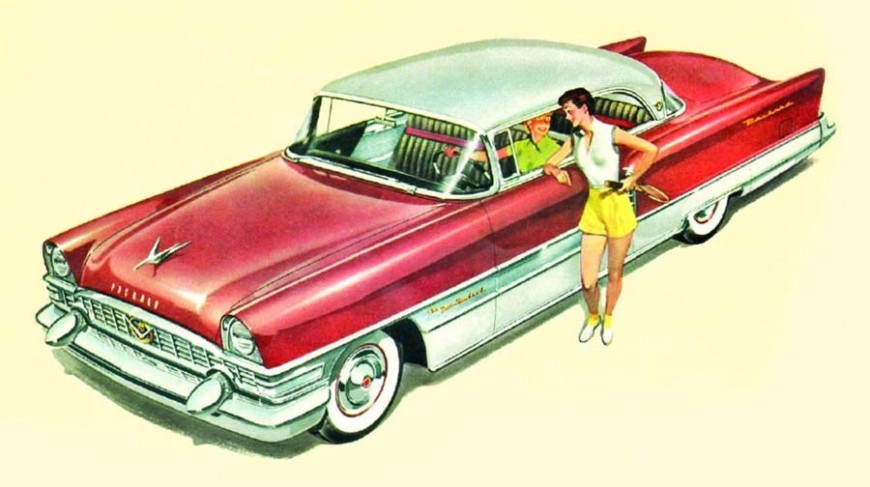Today is the day that the Detroit Packard plant rolled its' last Packard off the assembly line. Owning the ear-catching “Ask the Man Who Owns One” slogan, the classic American luxury car was originally built in Warren Ohio, back in 1899. Brothers William Dowd Packard and James Ward Packard constructed the first prototype as a single cylinder engine, buggy-styled car. In 1904, the engine was upgraded to the 'Gray Wolf”- a four cylinder aluminum speedster. That strategic yet creative move earned recognition, praise, and fame for The Packard Motor Car Company, and elevated the status of the car. It went from an ordinary and competing vehicle to a unique and incomparable American racing car- the first Packard car covers to be sold to the public. By the time 1916 rolled around, Packard was revealing another set of revolutionary creations, with the introduction of the V-12 engine equipped within the Twin Six that established Packard as the leading luxury brand.
Packard Adapted to Influences Of World War I
World War I was a harsh period for all car manufacturers and Packard was one of the first vehicle manufacturers to change their operations in accommodation- switching the production from cars to war production. As alterations were made, the Twin Six was recreated into the Liberty Aircraft engine- which was vital and essential production contributed from the industry during wartime.
During this period, Packard was distinguished by their square and broad bodies that had an elegant solidity impression. This earned the corporation the reputation for delivering hand-finished precision in the details. But in a move that was unforeseeable, General Motors excelled with their design of the Cadillac, which pushed far ahead of the Packard in the lineup of American luxury vehicles. This forced Packard to diversify their operations, resulting in the production of the One Twenty- a smaller and more affordable model that provided the much-needed boost in sales. But during that period of the 1930's, the looming second World War caused all productions of cars to come to a screeching halt in the United States. Even after the war was over, Packard was unable to keep up to pace with the Cadillac, which by this time, had secured a majority market share in the industry of luxury cars that influenced the media to assign Packard with embarrassing nicknames like “bathtub” or “pregnant elephant.”
Packard Merged With Studebaker Corporation
Sales continued to dwindle, and by the 1950's, Packard had hit a new low, and in an attempt to reduce production costs, merged with the more influential Studebaker Corporation. The Packard-Studebaker duo emerged as the fourth largest car manufacturer in America. But Studebaker, involved in their own turmoil, eventually dumped their luxury car production- and Packard too. In 1956, the tough decision was made, and the president at the time, James Nance, decided to cease all manufacturing operations at the Detroit plant. The very last model was produced on June 25, 1956, and for two years, Packard manufactured cars in South Bend, Indiana, until they finally closed their operation for good.





